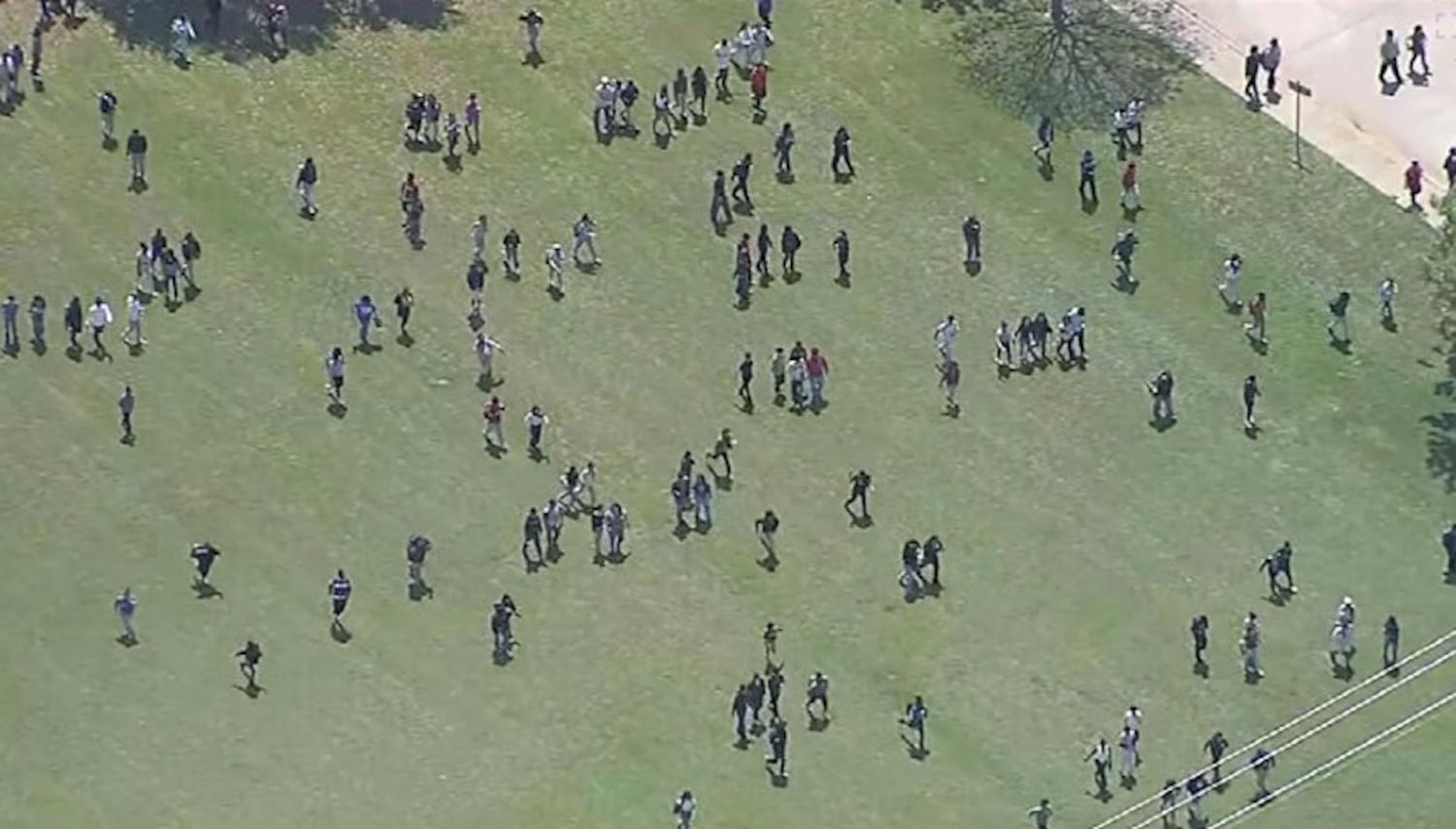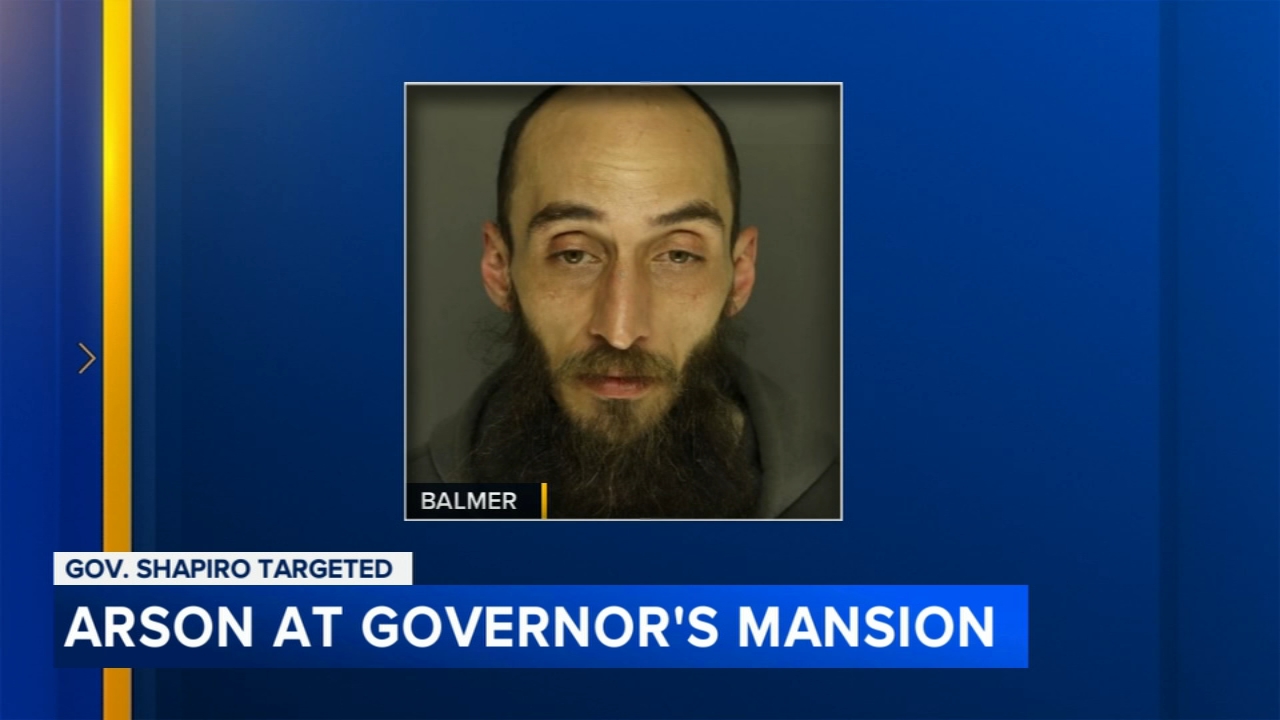The Sixers being this good is a minor miracle

THE PHILADELPHIA 76ERS NEED a new rallying cry. "Trust the Process" is cool and organic, but there are more pressing matters than defending a slow rebuild at the moment.
Perhaps something along the lines of "Change the Karma" because the Sixers certainly need to.
Philly arrives in Toronto on Wednesday essentially in a second-place tie in the Eastern Conference standings. That's a minor miracle. The past nine months have seen an incredible streak of bad luck and, for lack of a better term, uncontrollable happenstance that has threatened to wreck the momentum that took so many years to craft.
It hasn't been framed that way because the Sixers and their fans maybe haven't stopped to consider it; they've just dealt with one trauma after another. But what a run.
It seems like it started in late March against the tanking New York Knicks on a simple give-and-go with Joel Embiid and Markelle Fultz. Fultz's shoulder -- yes, that shoulder -- ran into Embiid's face and fractured his orbital bone. Watch the replay, it was crazy; they weren't even in traffic. It was just a horrid bit of fortune.
At that point, the Sixers had won seven in a row and were just laying waste to teams. They were ramping up to their finest ball of the season. Heck, they were ramping up to their finest ball of the decade.
Embiid needed surgery and missed 10 games. The Sixers kept winning, eventually getting to 17 in a row, but that belied the fallout. When Embiid came back in the playoffs he wasn't himself. He had a few good games, but his shooting, rebounding, scoring and efficiency plunged in the postseason. Against the Boston Celtics they needed their best player because Ben Simmons was frozen and Embiid just couldn't deliver.
Then, of course, we have the great Bryan Colangelo twitter fiasco of 2018. There was so much scrutiny and stress as amateur and professional investigators combed through the internet that it might have been lost on the masses just how ludicrous the entire scenario was.
It is incumbent on any major business to prepare contingency and disaster-response plans. But even in the world of the NBA -- in which there seem to be disasters of some sort every few weeks -- there was nothing in the handbook for this one. Even now, months later, it still isn't totally clear what happened as Colangelo has gone underground and no one wants to talk about it. The upshot is the Sixers lost their GM days before they were about to embark on arguably the most important offseason in franchise history.
Would having Colangelo at the controls instead of the front office scrambling to hold things together have made a difference? Would the Sixers have landed a free agent instead of striking out and having to absorb Wilson Chandler as their major offseason move? Would they have been able to close the Nemanja Bjelica deal instead of it falling apart? We don't know.
What we do know is that it was a letdown of a summer as their competitors made major moves. It created pressure for them to make the in-season move for Jimmy Butler, rolling the dice that he'll re-sign.
The Sixers did gather themselves in June and made a big draft-night trade, acquiring the rights to Zhaire Smith and a future first-round pick from the Phoenix Suns for Mikal Bridges. It ruined a beautiful Philadelphia story with Bridges staying home, but plenty of people told me they liked this deal and Kevin Pelton gave the Sixers a B for the transaction.
Well, Smith has had one of the most unfortunate starts to a career in memory. Some rookies get hurt, and Smith did. He suffered a Jones fracture in his foot at Tim Grgurich's camp in Las Vegas in August. Plenty of great players had rough injuries their rookie seasons and rallied back. Just look at Embiid and Simmons (and this fact only extends this run of bad luck, but we digress).
But Smith then had one of the most unusual issues you'll see in the NBA when he ate sesame seeds or sesame oil and had a terrible allergic reaction. Smith and the Sixers knew he had a peanut allergy, but they didn't know about the sesame allergy. The reaction was so severe he had to be taken to the hospital and undergo a thoracoscopy. I didn't know what that was, but it's a scary word. When I looked it up, this was confirmed.
We're going to ignore the fact that the Sixers concealed this for six weeks. But he's now out indefinitely, and he has all my sympathies and good wishes. And guess what, the Sixers could really use another wing player right now, be it Smith or Bridges, because they're thin on the perimeter following the Butler deal.
We've gotten this deep into this accounting, talking about the bizarre Colangelo thing and the bizarre Smith thing before even getting to the bizarre Fultz situation. Tuesday the Sixers announced Fultz had been diagnosed with neurogenic thoracic outlet syndrome, a nerve issue that sometimes affects people involved in sports. But it is an unusual condition for an NBA player and not something the 76ers' medical staff was able to identify.
It has been a struggle to understand what Fultz is going through. Last week, a talent evaluator, who I trust impeccably and works as hard at scouting players as anyone I know, told me some of Fultz's challenges have caused him pause. He's now re-examining the way he evaluates players' confidence because he believes that has also been an issue for Fultz.
Whether the Fultz mystery has now been solved or not is to be determined. But it has certainly knocked the Sixers for a loop, they have been at a loss on this one for more than a year. No one saw all this coming, not even the Celtics when they traded out of the No. 1 pick and never identified a shoulder issue when they evaluated him. This was another scenario that had no tab in the manual.
All of this could set up a nice story arc for the Sixers, overcoming all of these developments to triumph in the end. That would be a nice script, but anyone who would've submitted a screenplay with all these events would've been laughed out of Hollywood.
WHEN THE GOLDEN STATE WARRIORS WON their first title during their current run in 2015 it was with a team built largely through shrewd drafting. The highest pick the Warriors had in constructing the roster was No. 7, which they used to pick Steph Curry and Harrison Barnes.
Their biggest free agent signing was for a high-value leader in Andre Iguodala, and they added veterans through prudent trades and free-agent signings. They missed the playoffs five straight years before making their run.
It's comparable to the way the Denver Nuggets have assembled the team that is currently raising eyebrows in the Western Conference. The Nuggets also don't have a player on their roster whom they took higher than seventh -- budding star Jamal Murray.
Team president Tim Connelly has gotten a lot of credit for taking Nikola Jokic with the 41st pick in 2014 on the same night he picked Gary Harris and Jusuf Nurkic outside the lottery. He also has picked improving role players Juan Hernangomez and Malik Beasley outside the lottery, as well. Interesting young point guard Monte Morris was a second-round pick. We'll see how his gamble on Michael Porter Jr. with the last pick in the lottery in June works out.
Connelly will be the first to tell you he's hardly infallible. He picked Emmanuel Mudiay with the seventh pick in 2015 and in 2017 he traded a lottery pick that became Donovan Mitchell for Trey Lyles.
The Nuggets have missed the playoffs five straight seasons, though last season was a hard-luck case when they missed with 46 wins. This isn't to say they're on a Warriors-like path, as Curry is not on their roster. That said, it's a good reminder that tanking and hoping for top-three picks isn't the only way to rebuild.
THE CASE OF DION WAITERS and his foot injury continues to confound. Waiters hurt his ankle in March 2017 and missed the rest of that season. He was advised at the time that he could use surgery to fix it, but that it would knock him out 8-10 months. A free-agent-to-be, Waiters opted for rest and treatment instead.
He was valuable to the Heat, they were 27-19 when he played that season and 14-22 when he didn't. Because of this, they wanted to re-sign him. But they knew the status of his ankle when they gave him a four-year, $52 million deal that summer. They gave him a million-dollar incentive in the deal to play more than 70 games, but otherwise the entire four years were guaranteed.
After a summer of rehab Waiters still wasn't right to start last season, and he repeatedly reaggravated the injury. He labored through 30 games before he finally shut it down and had the surgery last January. When the Heat announced the procedure, they said he had a pre-existing break in the navicular bone fixed as part of the surgery.
This was a surprising announcement as navicular bone issues endedYao Ming's career and threatened the careers of Brook Lopez and Joel Embiid. It typically isn't as drastic for smaller players. Michael Jordan broke his navicular bone in his second season and it clearly didn't slow his career.
The Heat said they were aware of that fracture in addition to the other ankle injury when they re-signed him. But that made the four-year commitment questionable.
Team president Pat Riley said over the summer that doctors had told him Waiters would miss six to nine months, hopefully getting him back in October. Waiters posted videos on his social media of himself working out, saying he was waiting for clearance from his doctor.
Last week when asked by reporters in Miami, coach Erik Spoelstra said he had no update on Waiters' return timetable as he's coming up on 11 months from the surgery.
The Heat have been slammed by the injury bug this season, especially on the perimeter. At times recently Dwyane Wade has been the only guard available off the bench.






